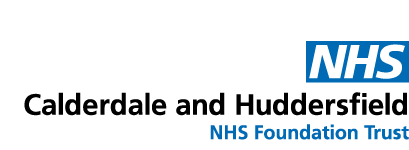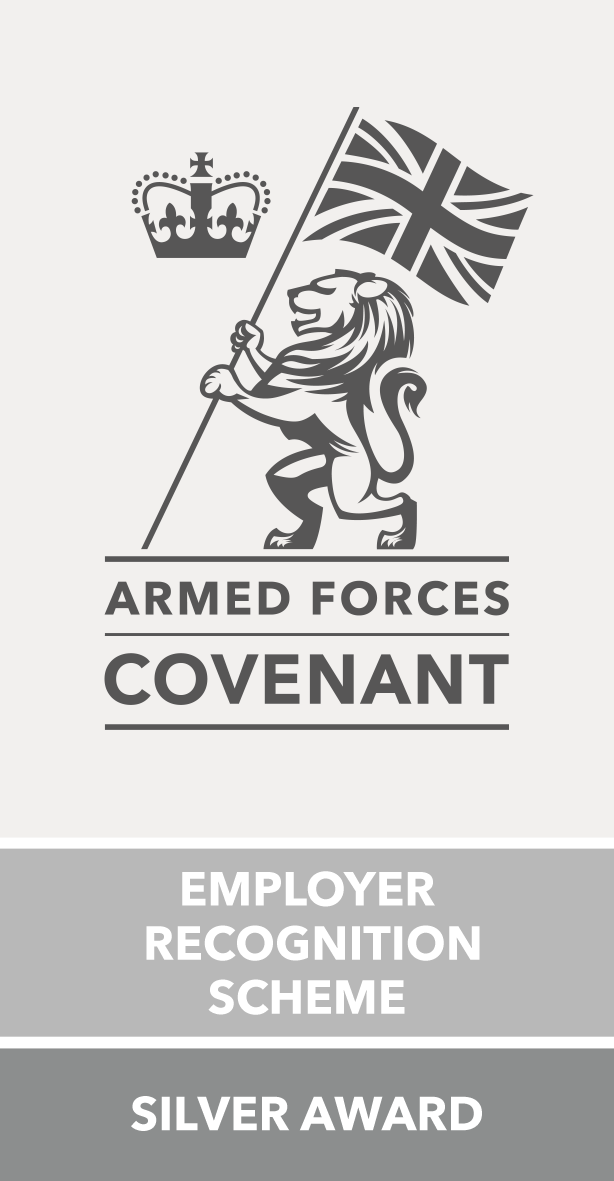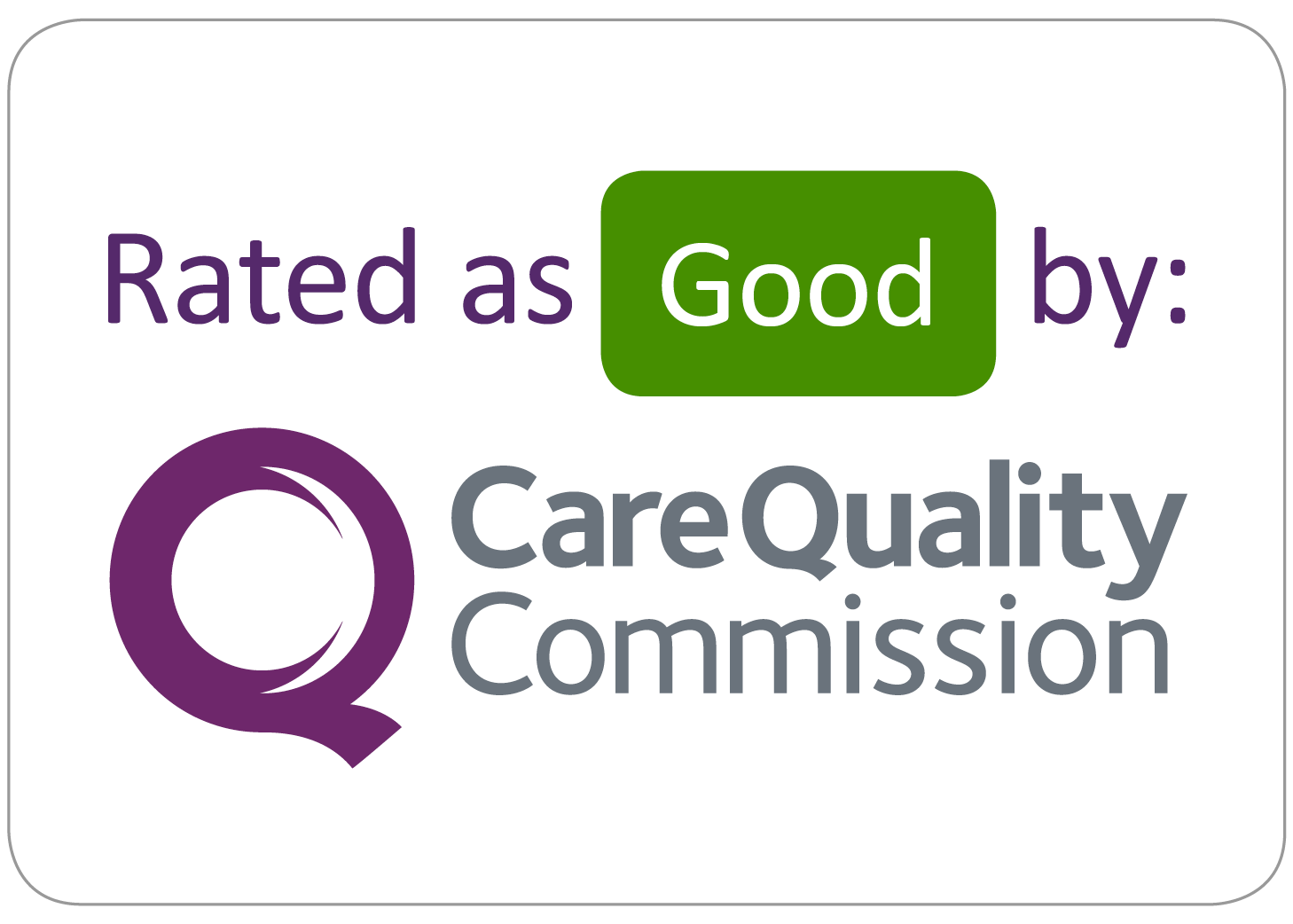NHS App
The NHS App allows you to access a range of NHS services all in one place.
You will need an email account to be able to register with the NHS App. You can download the NHS App on your phone or tablet.
The NHS App is available on iOS and Android. You can search up "NHS App" on the App Store or Google Play, or download it below:


After you have signed up for the NHS App please ensure you have notifications switched on so you don't miss any messages from us or other healthcare providers, like your GP. To receive messages, switch on NHS App notifications on your device. This can be done in the NHS App or in the device settings. Notifications preferences may take 24 hours to take effect.
If you view your letters and appointments via the NHS App, the hospital shares your data with NHS England,as they operate it and provide the functionality. Their privacy policy explains how NHS England and other organisations may use your data for this purpose.
Find out how to set up your login and start using the NHS App on the national NHS website.
Frequently Asked Questions (FAQs)
How do I receive notifications from the NHS App?
If you are using the NHS App, switching notifications on means you won't miss out on your important healthcare messages. The app uses notifications to tell you when you have a new message.
Notifications are not available when you log in through the NHS website to access your services.
Read more about messages in the NHS App.
NHS App notification preferences are managed in your device settings.
How to manage your notification preferences
- Log in to the NHS App.
- Select the Account icon in the top corner.
- Select Settings.
- Select Manage notifications.
- Follow the link to your device settings.
Turning your notifications on or off may take up to 24 hours to take effect.
If you use the app on multiple devices, you'll need to allow notifications on each device.
If you share your device with someone else and your device has notifications turned on, anyone who uses the NHS App on the device will also receive notifications.
You will not receive notifications if you:
- install the NHS App to your private space on an Android device
- hide the NHS App on an iOS device
If you do not have notifications turned on for the NHS App you may not know that you have messages to read.
Why am I not getting notified that I have a message from the hospital in the NHS App?
You need to switch on notifications within the NHS App, you will then receive an alert that there is something to read/action within the app.
What can I see from Calderdale and Huddersfield NHS Foundation Trust?
- Most patients with an upcoming hospital appointment will receive a notification in the NHS App and can view their appointment date.
- Patients can also view their appointment letter on the NHS App.
- Patients will also receive notifications on the NHS App which will send a reminder for your upcoming appointment.




What are the benefits of the NHS App?
Benefits to staff and patients:
Saves money and is greener
The NHS spends millions of pounds on SMS (texts) costs and printing of letters each year. By accessing appointment letters and information on the app, you are helping the NHS save resources that can be better invested into patient care.
Safer and more secure
Messaging via the NHS App is more secure than other channels like SMS. Sending patients messages to their NHS App secure inbox is more secure. For patients, this means they will always know who messages come from, rather than seeing a message from what may be an unidentified mobile number.
More reliable
NHS App messaging means even if a patient changes their contact details, they will still receive messages via the NHS app. For example, if patients move house and haven't yet notified their healthcare provider, their messages and information will still arrive via the app.
Can the NHS App be used outside of the UK?
If you are registered with a GP surgery in England, you can use the app anywhere outside of the UK.
I have found a problem with the NHS App features, who do I contact?
You can submit a query straight to NHS Digital. Please view Contact the NHS App and account team.
What is proxy access in the NHS App?
Proxy access allows someone to access and manage another person’s NHS App account on their behalf, with the appropriate permissions. This is commonly used for parents managing their children’s healthcare or carers supporting someone with additional needs.
For detailed guidance, visit the official NHS page on: Parent and guardian proxy access for children – NHS
How can I set up proxy access in the NHS App?
To set up proxy access, you need to:
- Once the GP practice approves your request, they will enable proxy access, allowing you to log in to your own NHS App and manage the other person’s account under your profile.
- Speak to the GP practice of the person you want to support.
- Complete a proxy access request form, which typically includes proof of your relationship and consent from the individual, if applicable.
- To gain assistance in setting up proxy access on the NHS app, please view How to get proxy access – NHS.
Does the patient need to be registered at the same GP practice as me to enable proxy access?
Yes, proxy access can only be granted if both you and the patient you are supporting are registered at the same GP practice.
What can I do with proxy access?
With proxy access, you can:
- View medical records and test results (depending on permissions set by the GP practice).
- Book appointments.
- Order repeat prescriptions.
Can I manage multiple accounts using proxy access?
Yes, you can manage multiple accounts through proxy access as long as you have been granted permission by the GP practice.
Is proxy access secure?
Yes, proxy access is secure and only granted after verification by the GP practice. It can be removed or modified at any time if needed.

















